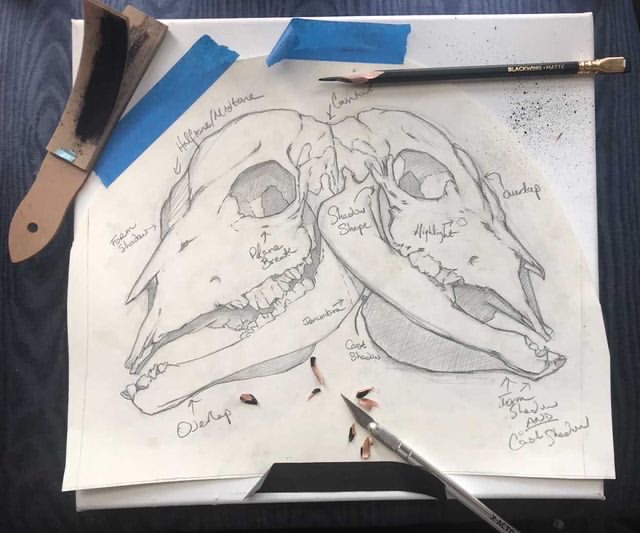GCA Drawing Orientation Seminar (Online Course)

Ananda Fetherston
Sundays, 6 PM – 8 PM ET – please adjust for your time zone
January 5, 12, 19, 26, 2025
4 weeks – Tuition: $150
Students will have homework due the first day of the live class.
Limit: approx. 10 students
Class format notes:
- 1 hour lecture & demo
- 1 hour crits with Q&A
Each month, the instructor, day, and time of this offering may change.
Is this class for me?
- You are new to GCA’s methodology and want to a place to start.
Online tech needs:
- The class will be conducted on the Zoom platform and is a live online experience.
- Ananda’s classes are recorded and made available so students can review demos and critiques after each live session for the entirety of the class.
- This class also uses Google Classroom to distribute materials. Watch this video for more insight.
Both of these services are free but require registration. - It will be necessary for students to have access to a computer, tablet or smartphone. The recommended device is a laptop or desktop.
“Ananda is a great teacher, the passion for teaching she shows to her students almost surpasses all the knowledge she possesses. Although the class is an introduction to GCA way of thinking and working, you’ll get an incredible amount of valuable information that you can’t really get anywhere else and you’ll be able to put it into use in no time.” – Luis
Course Description
Are you wondering if the GCA approach is right for you? This class serves as an overview of the Grand Central Atelier’s sculptural approach to drawing from life and as a preliminary basis for further instruction at the GCA.
For the first time we are offering a class dedicated to a survey of the concepts specific to the theoretical thinking employed in executing that GCA ‘look’. This course will help you decide if you want to continue learning our methods, how our methodology is dissected into digestible parts, and how to construct a comprehensive plan for which classes to take next.
Presenting some of the most fundamental aspects of drawing from life through an emphasis on lecture, example, and demonstration, this class will illustrate the concepts universally applied to any curriculum offered at the Grand Central Atelier.
Strict practitioners of academic art would tell you that you need to hear the same concept multiple times in order to incorporate it into your thinking. One of the most compelling reasons to study at the GCA is the continuity of instruction across the entire curriculum. This class aims to familiarize you with our core concepts, as you will hear the same concepts again and again in any class you take, online or in person. Thus, building a solid understanding of the ideas and applicable vocabulary will help you get more out of future instruction.
Each class will consist of an hour of lecture and demo, followed by critique. There will be homework for each class (including an assignment to be completed in advance of Week 1) and students will be expected to devote some time outside of class to mastering the principles through exercises.
The breakdown of the class is as follows:
Week 1: “Form thinking” vs. the optical approach. How we organize our thinking to capture a three dimensional representation of an object. We will discuss shapes, gradients, structure, contours, and the tricks our eyes play on us which require a conceptual understanding, such as simultaneous contrast, thinking in terms of lighter/darker…etc.
Week 2: An introduction to translating the three dimensional world into a two dimensional image through Bargue copies. How to construct the best “block-in” from life. How GCA thinking relies on shape thinking to inform form thinking.
Week 3: Modelling form, the most sculptural aspect of the conceptual thinking we perform at the Grand Central Atelier. We will take the two dimensional linear drawing methods from the previous class and apply “form thinking” to transform this two-dimensional image into something that “feels” three dimensional.
Week 4: Color Objects: Ever wonder just how you depict colorful objects realistically in a drawing? Color separation from value is a highly conceptual process and through the skills acquired in the previous weeks we will strip the color world of its mysteries and construct an accurate representation which reflects reality.
